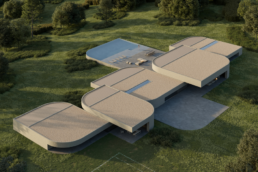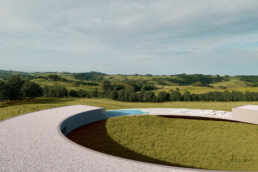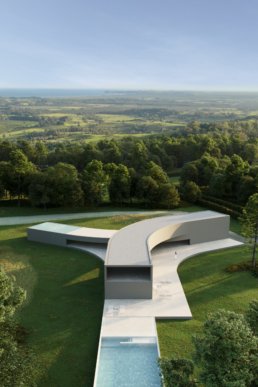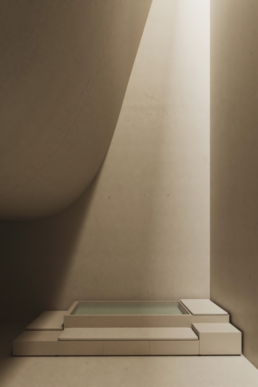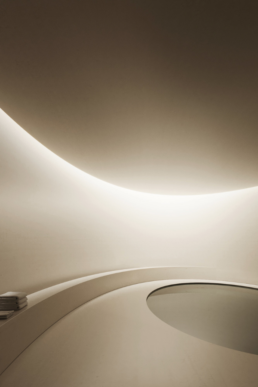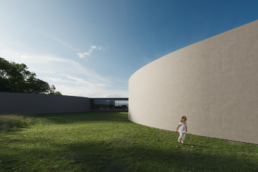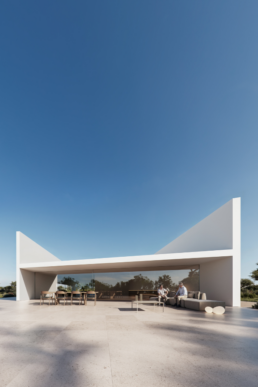How AI Is Changing Architectural Rendering
DATE
29.08.2025
The arrival of artificial intelligence in the world of rendering has radically transformed the way architectural and design projects are visualized.
In the past, generating a high-quality render required time, technical expertise, and significant processing power. Today, thanks to AI-based tools, it’s possible to create hyper-realistic images in just minutes, with a level of quality that rivals — and in some cases surpasses — traditional methods. Platforms like D5 Render, Lumion with smart features, or Midjourney applied to visual concept design deliver impressive results from minimal input.
These tools not only speed up the process but also open up new creative possibilities. Through written descriptions, simple sketches, or basic 3D models, AI can interpret the designer’s intent and generate a full scene, adjusting lighting, materials, ambiance, and even visual style. This allows for quick experimentation with different moods or finishes before making final decisions. Renders are no longer just final representations but an active part of the design process and a tool for exploring ideas with greater freedom.
Moreover, AI is democratizing access to professional-level visualization. Students, independent designers, and small studios can now achieve a level of representation that was previously reserved for large firms or specialized visualizers. This shift has led to a new aesthetic — more fluid and conceptual — where the goal is not always to simulate reality precisely, but to evoke emotions, imagine future scenarios, or suggest spatial intentions. AI-generated renders are even being used in early project phases to facilitate client communication or for design competitions.
This evolution in rendering is also being integrated into MArch programs, where students explore how these technologies can enhance their proposals. Far from replacing creative work, AI has become a powerful ally — enabling more accurate, faster, and freer visualization. Understanding how to use these tools, when they are most effective, and what kind of visual narratives they produce is now an essential part of contemporary architectural and design practice.
MArch Valencia. Arquitectura y Diseño
© 2025 MArch Valencia. Arquitectura y Diseño
Privacy policy | Cookies policy | Terms of use



